Lists






6 Movies
I cried or almost
Sort by:
Recent Desc
Movies with strong emotional impact.
More lists by Sebastian Bunicz
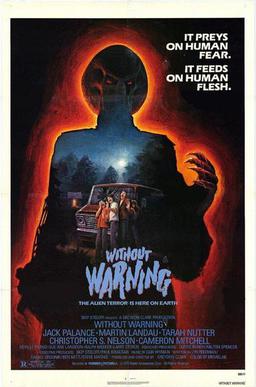
From far away past
Movies i saw as a kid and still remember parts of them
January 2023
0
@sebastianbunicz
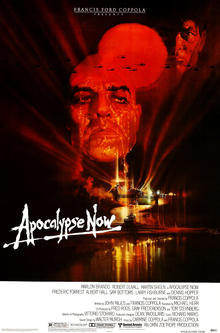


Great moments and/or scenes but whole movies not so much
I love only small parts of those movies.
December 2022
0
@sebastianbunicz


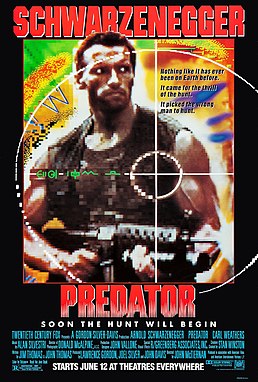
Personal best
List of my personal best movies
(nostalgia, preferences, likeness)
December 2022
0
@sebastianbunicz



Not my favourite ones but i could watch them even now :)
My personal AAA (best of the Best are on diffrent list)
December 2020
0
@sebastianbunicz
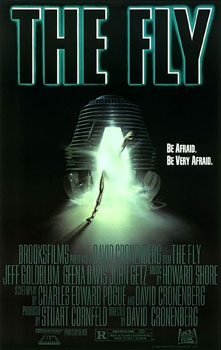


1986 year of Aliens
Let's see what else was in cinema during that great year - my favs
December 2020
0
@sebastianbunicz



Team work. Team spirit
Group of heros or hero within a group.
December 2020
0
@sebastianbunicz
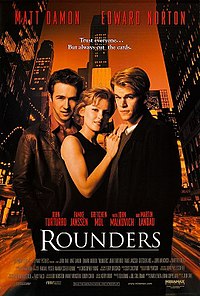


Money, money. Green and greed.
Movies about money - broad spectrum.
December 2020
2
@sebastianbunicz


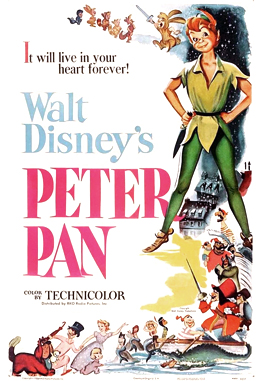
Great animation in my eyes
Wide range from Disney to anime
December 2020
0
@sebastianbunicz



Discovered thanks to TASTEDIVE
Movies i discovered thanks to this page :)
i recommend those movies!
November 2020
0
@sebastianbunicz